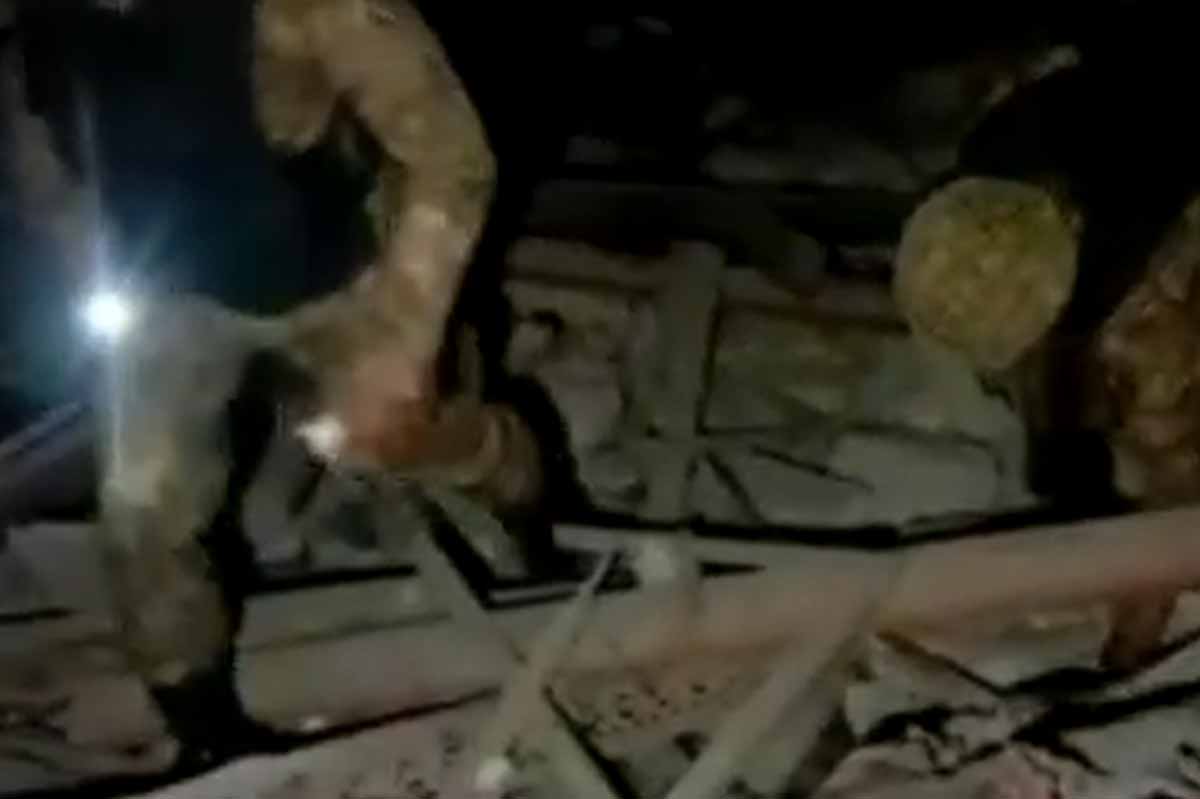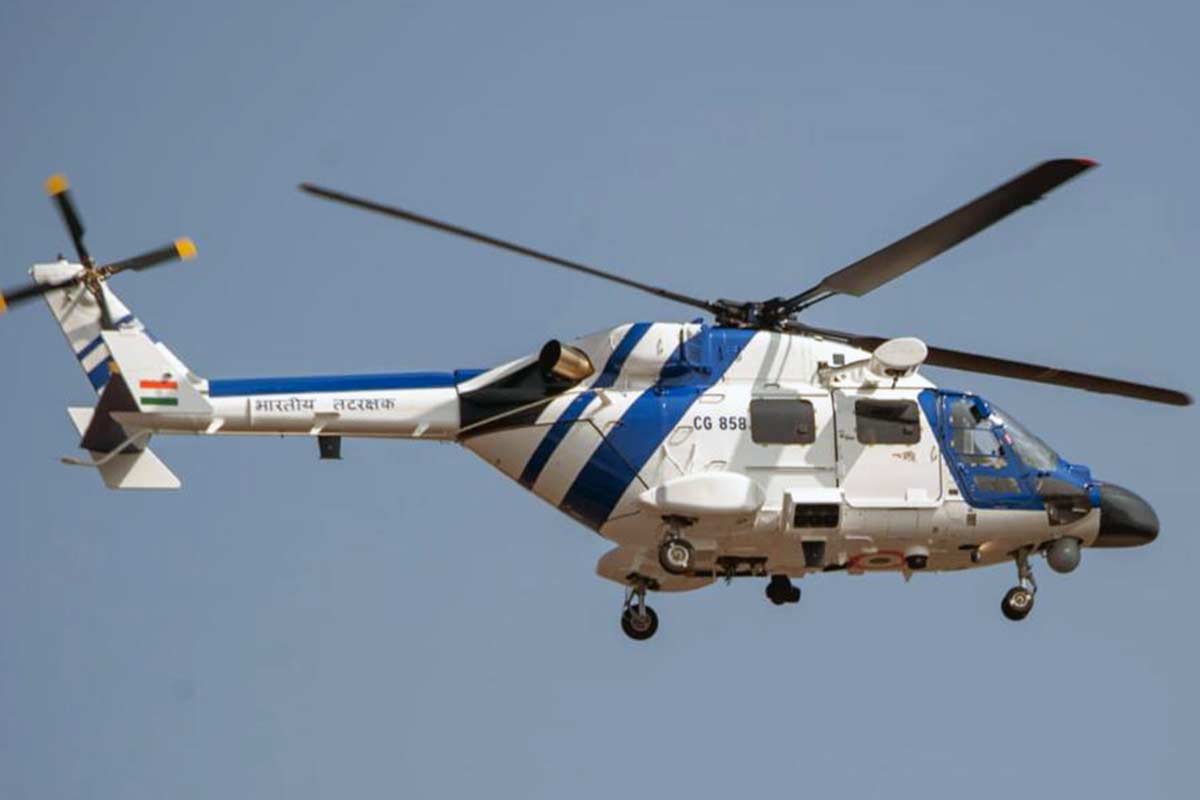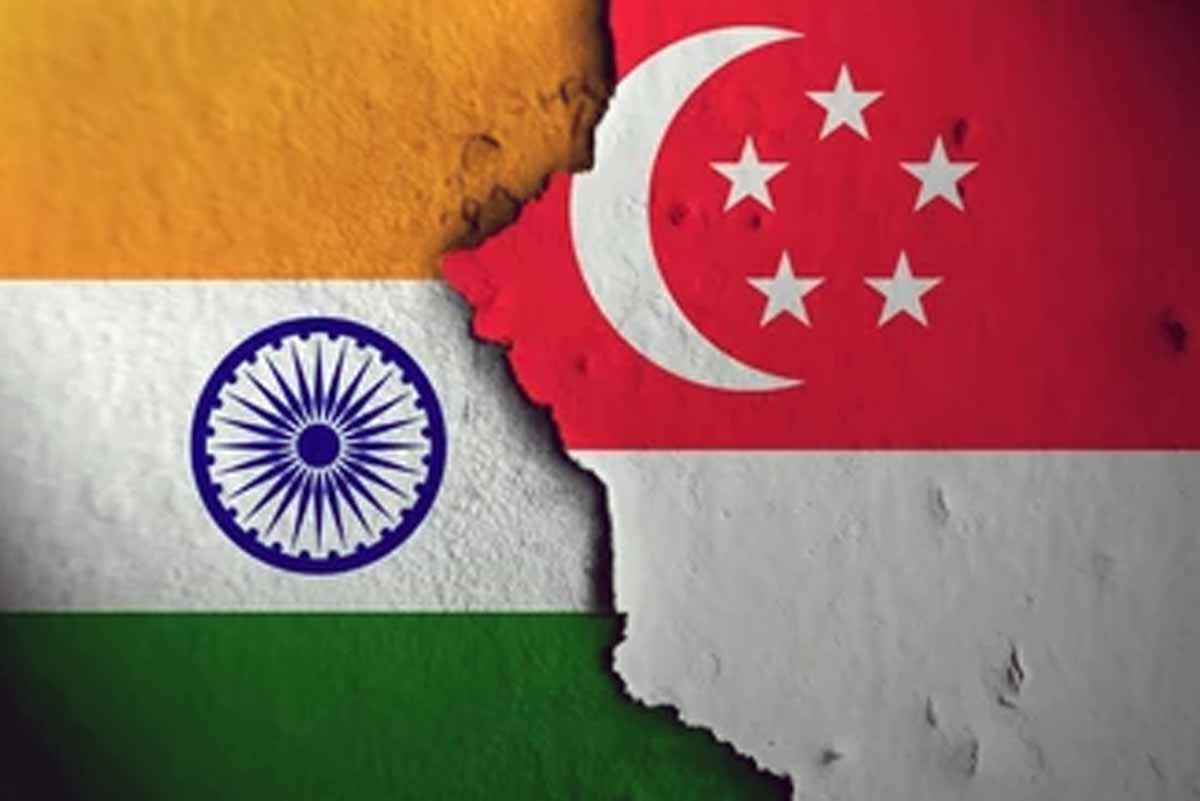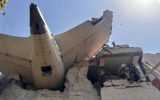Operation Sindoor – India carries out military strikes across 9 sites in Pakistan, PoK: New Delhi/Islamabad, May 7, 2025 – Tensions between nuclear-armed neighbors India and Pakistan have sharply escalated after India announced it conducted military strikes early Wednesday morning, targeting nine terrorist infrastructure sites across Pakistan and Pakistan-Occupied Kashmir (PoK). The offensive, codenamed “Operation Sindoor,” is a direct retaliation for the gruesome terror attack in Pahalgam, Indian-administered Kashmir, on April 22, 2025, which claimed the lives of at least 28 people, mostly Hindu tourists.
According to Indian government statements, “Operation Sindoor” was a “precise and restrained response” executed jointly by the Indian Army, Air Force, and Navy at approximately 1:44 am. The Defence Ministry emphasized that the strikes targeted terrorist launch pads, training camps, and headquarters of militant groups like Lashkar-e-Taiba (LeT), Jaish-e-Mohammed (JeM), and Hizbul Mujahideen (HM), which India accuses of orchestrating attacks against it from Pakistani soil.
New Delhi asserted that care was taken to avoid Pakistani military installations, terming the operation “focused, measured, and non-escalatory.” Reports indicate the use of advanced weaponry, including SCALP cruise missiles and HAMMER precision bombs.
READ: DRDO Tests Cooled Scramjet Combustor for Hypersonic Missiles
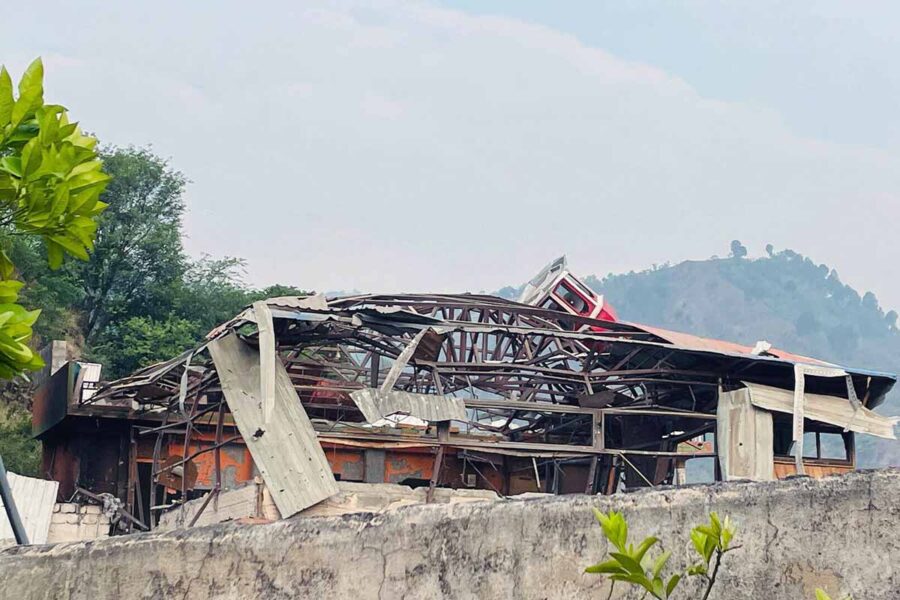
India hits terror camps in Pakistan.
Nine Sites Targeted in ‘Operation Sindoor’
Indian officials reported that nine specific locations were hit. These reportedly include:
In Pakistan:
1. Markaz Subhan Allah, Bahawalpur (Punjab): Described as a key operational headquarters for Jaish-e-Mohammed.
2. Markaz Taiba, Muridke (Punjab): Known as the headquarters of Lashkar-e-Taiba.
3. Sarjal / Tehra Kalan (Shakargarh, Narowal, Punjab): Allegedly a Jaish-e-Mohammed launching site.
4. Mehmoona Joya facility, Sialkot (Punjab): Associated with Hizbul Mujahideen.
In Pakistan-Occupied Kashmir (PoK):
5. Markaz Ahle Hadith, Barnala (Bhimber): Reportedly a Lashkar-e-Taiba camp used for infiltration.
6. Markaz Abbas, Kotli: Linked to Jaish-e-Mohammed.
7. Maskar Raheel Shahid, Kotli: Associated with Hizbul Mujahideen.
8. Shawai Nalla Camp, Muzaffarabad: Described as a significant Lashkar-e-Taiba training and recruitment camp.
9. Syedna Bilal Camp, Muzaffarabad: Linked to Jaish-e-Mohammed.
READ: JD Vance Renews US Offer of F-35 Fighters for Indian Air Force
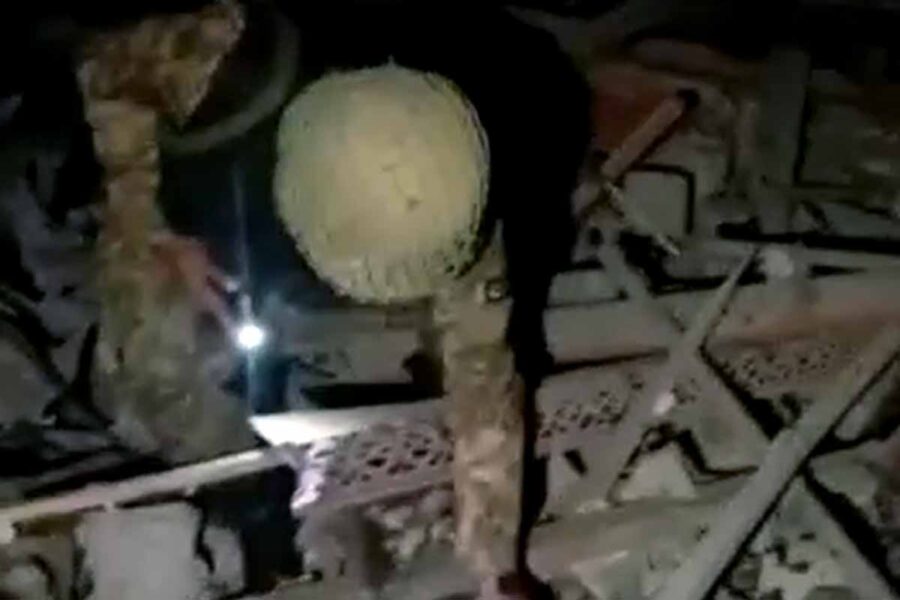
Pakistan Army Soldiers Inspecting Debris Following India’s Military Strike on Pakistan Terror Camps.
READ: DRDO’s Laser-based Direct Energy Weapon Successfully Destroys Drone
Casualties and Pakistan’s Reaction
Indian sources claim that “Operation Sindoor” resulted in significant casualties among terrorists, with initial estimates suggesting over 80-90 militants killed. Some reports indicated that major facilities like those in Bahawalpur and Muridke saw 25-30 terrorist fatalities each. The Indian Army posted on social media, “Justice is Served. Jai Hind,” with hashtags related to the Pahalgam attack.
READ: India-Africa Begin Maiden Naval Exercise AIKEYME 2025
Pakistan, however, has vehemently condemned the strikes as an “act of aggression” and a “cowardly attack.” Pakistani officials denied that the targeted sites were solely terror-related, reporting that the Indian missiles killed at least three to eight civilians, including a child, and injured over a dozen others. Pakistan also alleged that mosques were damaged in the attacks.
The Director-General of Pakistan’s Inter-Services Public Relations (ISPR) confirmed the Indian strikes and stated that Pakistan retains the “right to respond at a time and place of its choosing.” Reports of intense shelling and ceasefire violations by Pakistan along the Line of Control (LoC) emerged following the Indian operation, with some civilian casualties reported on the Indian side as well.
READ: Aeroshul Technologies to Build Loitering Munition Swarm for Indian Army

Operation Sindoor: India’s Response to Pahalgam Massacre.
Operation Sindoor: Retaliation Against Pahalgam Massacre
The immediate trigger for “Operation Sindoor” was the brutal terrorist attack on April 22, 2025, in Baisaran Valley near Pahalgam, a popular tourist destination in Kashmir. Five heavily armed militants opened fire on tourists, singling out non-Muslims. The attack, the deadliest on civilians in India in recent years, killed 28 people, including 25 tourists (one Nepali) and a local Muslim pony operator who reportedly tried to intervene.
India swiftly blamed Pakistan-based terror groups, particularly Lashkar-e-Taiba and its affiliate The Resistance Front, for the massacre. New Delhi stated that it had provided Pakistan with information regarding the perpetrators but lamented Islamabad’s “denial and inaction.”
The name “Operation Sindoor” (vermilion, a traditional symbol of marriage worn by Hindu women) itself is deeply symbolic, reportedly chosen to honor the women widowed by the Pahalgam attack, where several newlywed couples were among the victims, with men shot in front of their wives.
READ: CCS clears Rs 63,000 crore 26 Rafale-M Deal from France
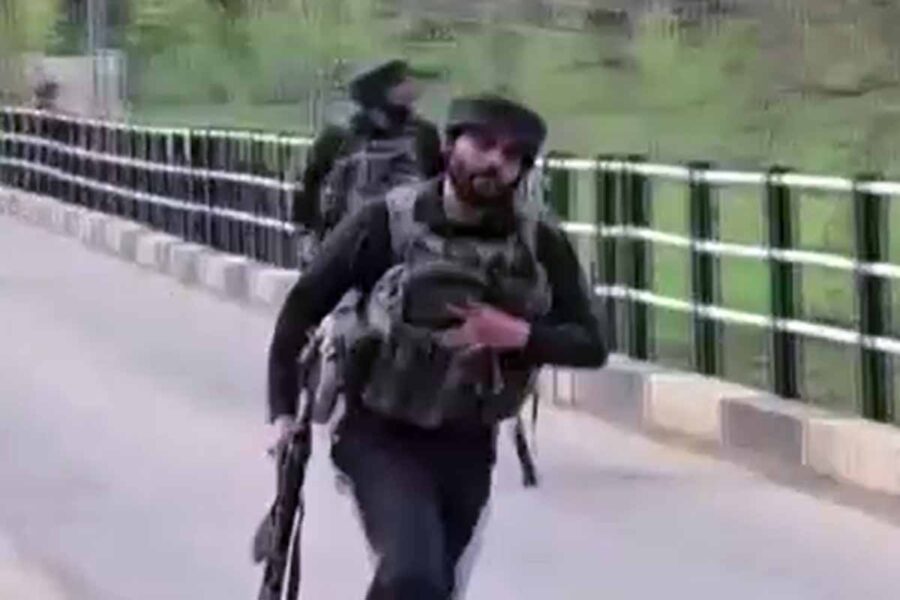
Indian Soldiers Rushing to Terror Attack Site in Pahalgam in Jammu and Kashmir. (File Photo).
Rising Tensions and International Concern
The Indian strikes mark a significant escalation in the perennially fraught India-Pakistan relationship. International leaders, including the UN Secretary-General, have expressed deep concern and called for “maximum military restraint,” emphasizing that the world cannot afford a major confrontation between the two nuclear-armed states. The United States has also stated it is closely monitoring the situation.
As both nations remain on high alert, with airspace partially restricted and security forces mobilized, the coming days will be crucial in determining whether the situation de-escalates or spirals into a wider conflict. India maintains that its actions were necessary to hold accountable those responsible for the Pahalgam attack, while Pakistan views the strikes as a violation of its sovereignty, promising a “robust response.”


